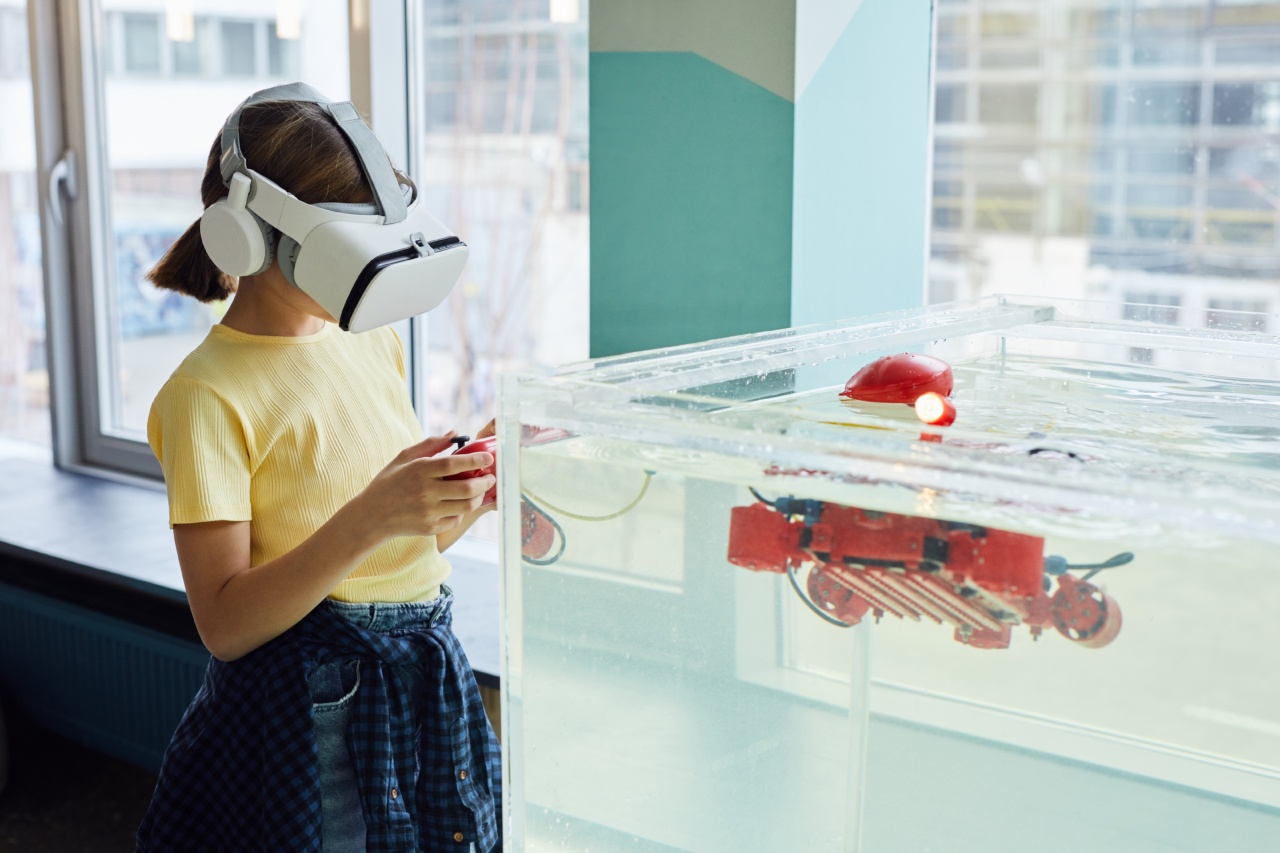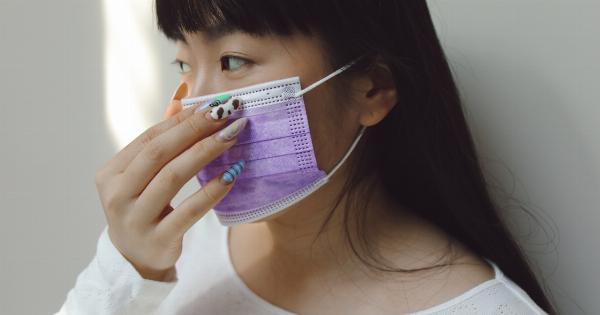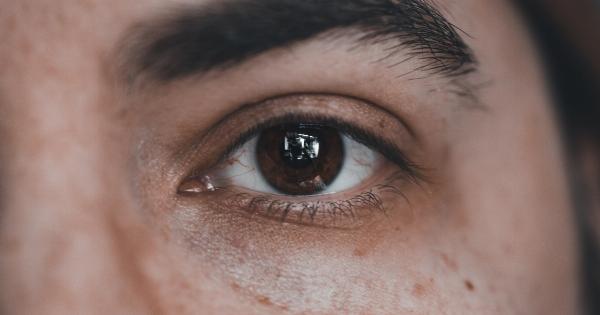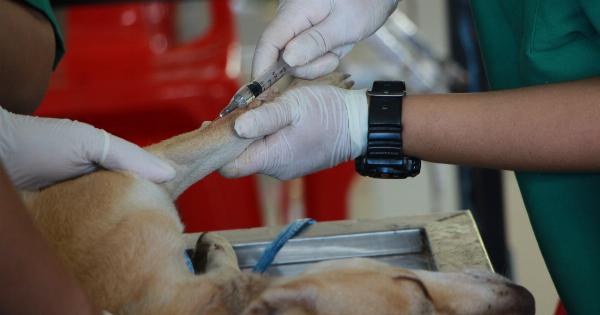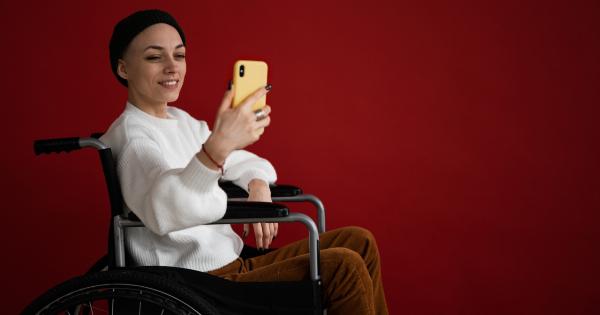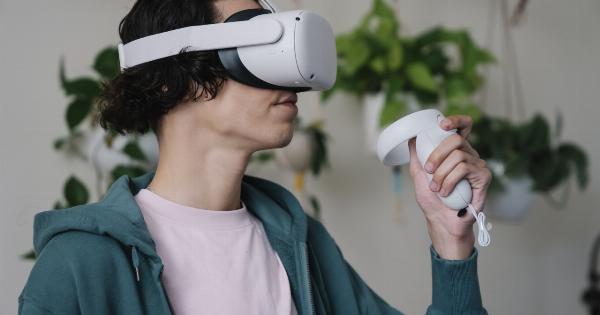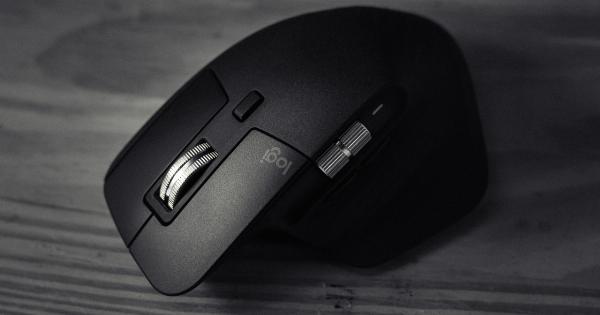Amblyopia, commonly known as “lazy eye,” is a visual disorder that affects the development of vision, primarily in children. It occurs when one eye doesn’t achieve normal visual acuity, despite normal eye health.
The brain favors the unaffected eye, leading to a weakened connectivity between the brain and the affected eye.
Traditional treatment methods for amblyopia typically involve patching the stronger eye to force the weaker eye to work harder.
While effective, this approach can be tedious for patients, especially children, who may resist wearing an eye patch consistently. In recent years, however, advancements in technology, specifically virtual reality (VR), have provided new opportunities for treating amblyopia.
The Role of Virtual Reality in Amblyopia Treatment
Virtual reality games offer a more engaging and immersive approach to amblyopia treatment.
By creating captivating and interactive environments, VR games can encourage the use of the weaker eye while making the treatment process enjoyable for patients, particularly children.
When a user wears a VR headset, they are transported to a three-dimensional virtual environment.
In these simulated worlds, individuals are presented with various visual stimuli, challenges, and games, specifically designed to promote visual stimulation and eye-hand coordination. These VR games can help to reestablish the connection between the affected eye and the brain, ultimately improving visual function.
Benefits of Using Virtual Reality Games for Amblyopia Treatment
1. Increased Compliance: Traditional methods of treatment often face challenges with patient compliance, especially among children.
However, the immersive nature of VR games can make treatment engaging and enjoyable, increasing patient compliance and promoting consistent use of the therapy.
2. Enhanced Focus: VR games are designed to capture and maintain the user’s attention, promoting sustained focus on visual tasks. This improved concentration helps strengthen the weaker eye and reinforces the brain’s connection with it.
3. Customizability: Virtual reality games offer the flexibility to tailor treatment options according to each patient’s needs.
Game difficulty, visual stimuli, and interactive elements can be adjusted based on the severity and specific requirements of the individual’s amblyopia.
4. Real-Time Feedback: VR games provide immediate feedback, allowing patients and healthcare professionals to monitor progress effectively.
Visual cues, scores, and performance data within the game environment enable the tracking of improvements, making the treatment process more interactive and motivating.
5. Multisensory Integration: Virtual reality games can engage multiple senses simultaneously, enhancing the effectiveness of treatment.
By incorporating auditory and tactile feedback alongside visual stimuli, these games can help improve spatial awareness, depth perception, and eye-hand coordination.
Examples of Virtual Reality Games for Amblyopia Treatment
Several virtual reality games have been developed specifically for the treatment of amblyopia. These games target various visual functions, including visual acuity, contrast sensitivity, stereopsis, and eye tracking. Some noteworthy examples include:.
1. Sensory Eye-FX: This game focuses on improving visual acuity and contrast sensitivity.
It presents various visual challenges and encourages users to detect and identify objects in a virtual environment, promoting the use of the weaker eye.
2. Catchy Pixel: Designed to enhance eye tracking and improve hand-eye coordination, Catchy Pixel requires users to catch and match virtual objects with different colors and shapes, all within a time limit.
This game facilitates the development of accurate visual scanning and tracking skills.
3. DeepWorld: DeepWorld is an interactive underwater adventure game that improves stereopsis—the ability to perceive depth and 3D space.
Users navigate through a virtual underwater world, encountering various challenges that strengthen their binocular vision and depth perception.
4. Sea Hero Quest VR: This VR game focuses on improving spatial awareness, navigation skills, and memory. Players embark on a seafaring journey, exploring different environments and solving puzzles.
Sea Hero Quest VR contributes to enhancing overall visual-motor coordination.
5. Virtual Reality Contrast Sensitivity Test: This game assesses a patient’s contrast sensitivity levels, an essential factor in vision quality.
By measuring the ability to distinguish between various shades of contrast, it helps healthcare providers monitor progress and customize treatment plans accordingly.
Conclusion
The emergence of virtual reality technology has opened up new possibilities in the treatment of amblyopia.
Incorporating immersive and interactive virtual reality games into traditional therapy methods can make the treatment process more engaging, enjoyable, and effective. With increased compliance, enhanced focus, customizability, real-time feedback, and multisensory integration, virtual reality games offer promising outcomes for patients with amblyopia.
As technology continues to progress, we can expect further advancements in this field, ultimately leading to improved visual outcomes for those affected by this condition.
